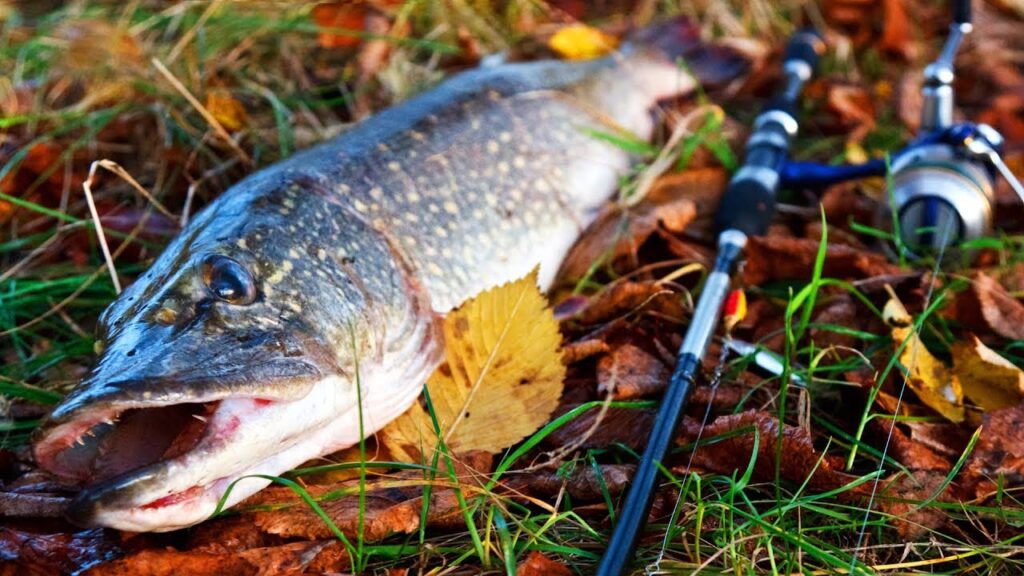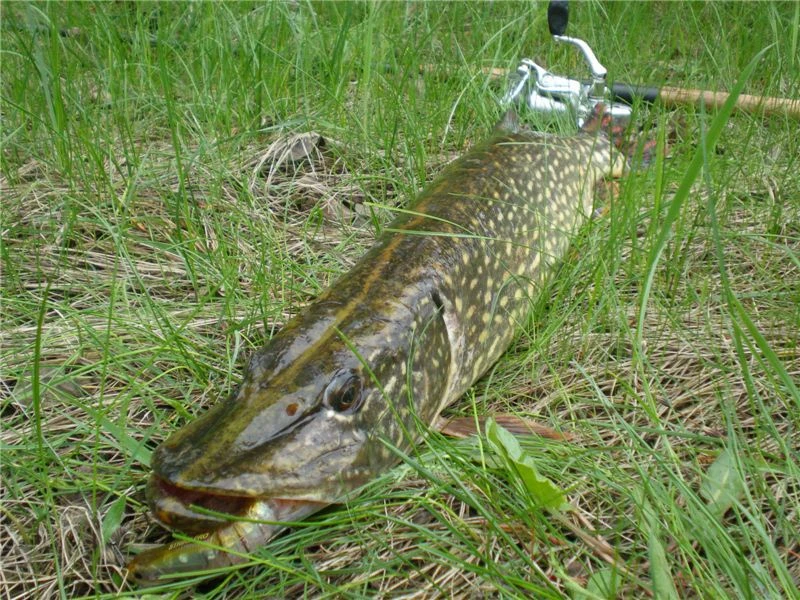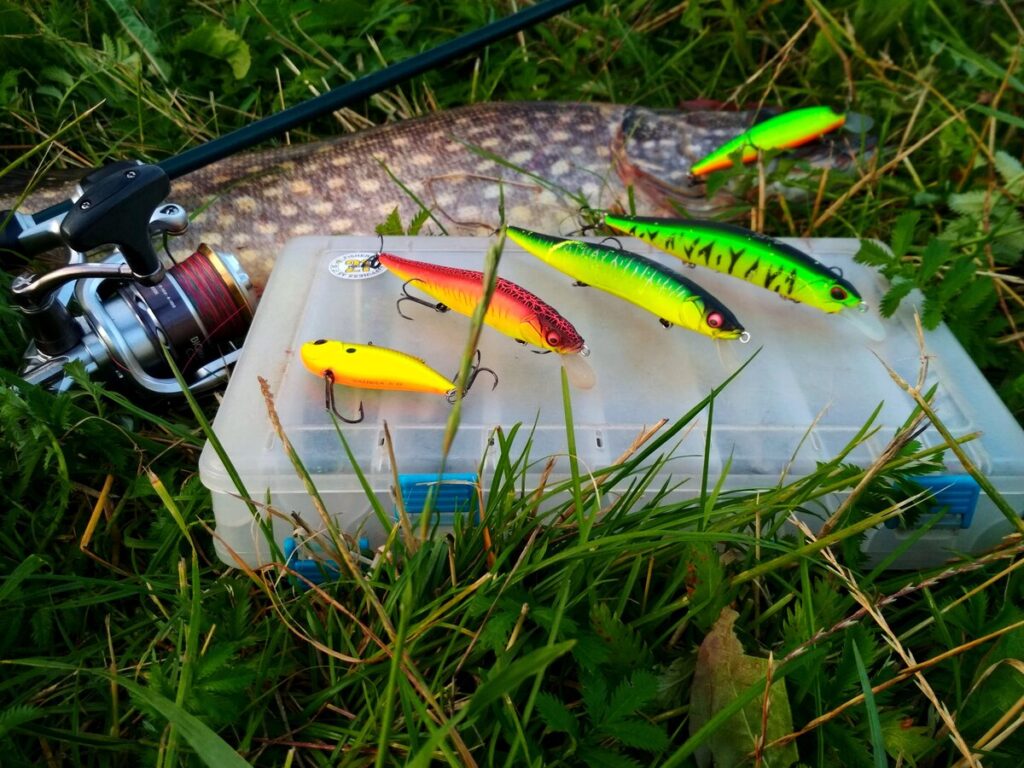Lydekų žvejyba žiemą – tai unikalus ir įtraukiantis užsiėmimas. Šaltuoju metų laiku atsiranda puiki galimybė sugauti įspūdingo dydžio plėšrūnes, kurios vasarą slepiasi sunkiai prieinamose vietose. Tačiau lydekų žvejyba žiemą ant ledo reikalauja ne tik tinkamos įrangos, bet ir specifinių žinių apie lydekų elgseną bei jų žvejybos subtilybes.
Lydekų elgsena žiemą smarkiai skiriasi nuo kitų sezonų: jos persikelia į naujas buveines, o jų aktyvumas keičiasi. Kokiose vietose ieškoti lydekų ir kokie orai žiemą duoda geriausius rezultatus? Visą tai pamėginsime aptarti šiame straipsnyje.
Kodėl lydekų žvejyba žiemą tokia įdomi
Lydekų žvejyba žiemą yra patraukli dėl kelių svarbių priežasčių. Pirmiausia, šaltuoju metų laiku lydekos tampa aktyvesnės maisto paieškose. Tai ypač pastebima rudenį ir ant pirmo ledo, kai šios žuvys intensyviai ruošiasi žiemai arba nerštui. Šie laikotarpiai suteikia galimybę sugauti trofėjinius egzempliorius.
Žiemą lydekos elgiasi strategiškai, todėl jų medžioklės vietas galima nuspėti. Pavyzdžiui, jos renkasi buveines, kuriose gausu žuvų, tokių kaip aukšlės ar kuojos. Šis plėšrūnas taip pat linkęs laikytis vietų, kuriose yra natūralių slėptuvių – augalų sąžalynų, kliuvinių ar akmenų.
Žvejyba žiemą yra ne tik sportinis iššūkis, bet ir puikus būdas atsipalaiduoti. Gamtos ramybė ir galimybė pagauti savo „gyvenimo žuvį“ pritraukia daugybę žvejų. Tiesa, šis procesas reikalauja tinkamo pasiruošimo, nes žiemos sąlygos dažnai yra atšiaurios. Tinkama apranga ir atsargumas, ypač ant ledo, yra būtini.
Lydekų elgsenos ypatumai žiemą
Žiemą lydekų elgesys priklauso nuo oro sąlygų, deguonies kiekio vandenyje ir grobio žuvų buvimo vietos. Šios žuvys mėgsta ramybę ir slėptis nuo stiprios srovės ar triukšmo, todėl žvejai turi būti pasirengę ilgoms paieškoms.
Pirmas ledas
Šis laikotarpis prasideda tada, kai ledas tampa saugus (apie 10 cm storio). Lydekos aktyviai medžioja sekliose vietose, kur gausu maisto. Lydeka dažnai pasirenka seklumas dėl to, kad mažesnės žuvys dar nėra pasitraukusios į gilumą. Šiuo metu žvejyba yra itin perspektyvi, tačiau svarbu atkreipti dėmesį į ledo saugumą. Žvejyba ant plono ledo gali būti pavojinga, todėl rekomenduojama tikrinti ledą reguliariai.
Žiemos vidurys
Šio laikotarpio metu lydekos tampa pasyvesnės dėl sumažėjusio deguonies kiekio vandenyje. Jas dažniausiai galima rasti gilesnėse telkinio vietose. Tokių vietų paieška gali užtrukti, tačiau rezultatai dažnai būna verti pastangų. Lydekos šiuo metu maitinasi rečiau – dažniausiai anksti ryte arba vėlai vakare. Pati žuvis juda mažai, todėl svarbu masalus pristatyti kuo arčiau jos buveinės.

Geriausios oro sąlygos lydekų žvejybai žiemą
Lydekų aktyvumas žiemą tiesiogiai priklauso nuo oro sąlygų. Šaltis ir staigūs atmosferos slėgio pokyčiai dažnai daro lydekas pasyvesnes. Tinkamiausias laikas žvejoti yra apniukusios dienos su pastovia temperatūra. Nedidelis snygis gali būti papildomas privalumas.
Vakarų ar pietvakarių vėjas yra optimalus. Venkite stiprių šalčių ar ryškių saulėtų dienų, kurios gali išgąsdinti žuvį ir sumažinti kibimą. Žvejai dažnai pastebi, kad geriausi laimikiai pagaunami būtent stabilaus oro periodais, todėl verta stebėti orų prognozes ir rinktis tinkamą dieną.
Apskritai, oro sąlygos žiemą yra labai svarbus žuvų aktyvumą lemiantis veiksnys. Šaltuoju sezonu orai dažnai būna permainingi: vėjo kryptis gali keistis kelis kartus per dieną, o tai daro stiprų poveikį žuvų kibimui.








